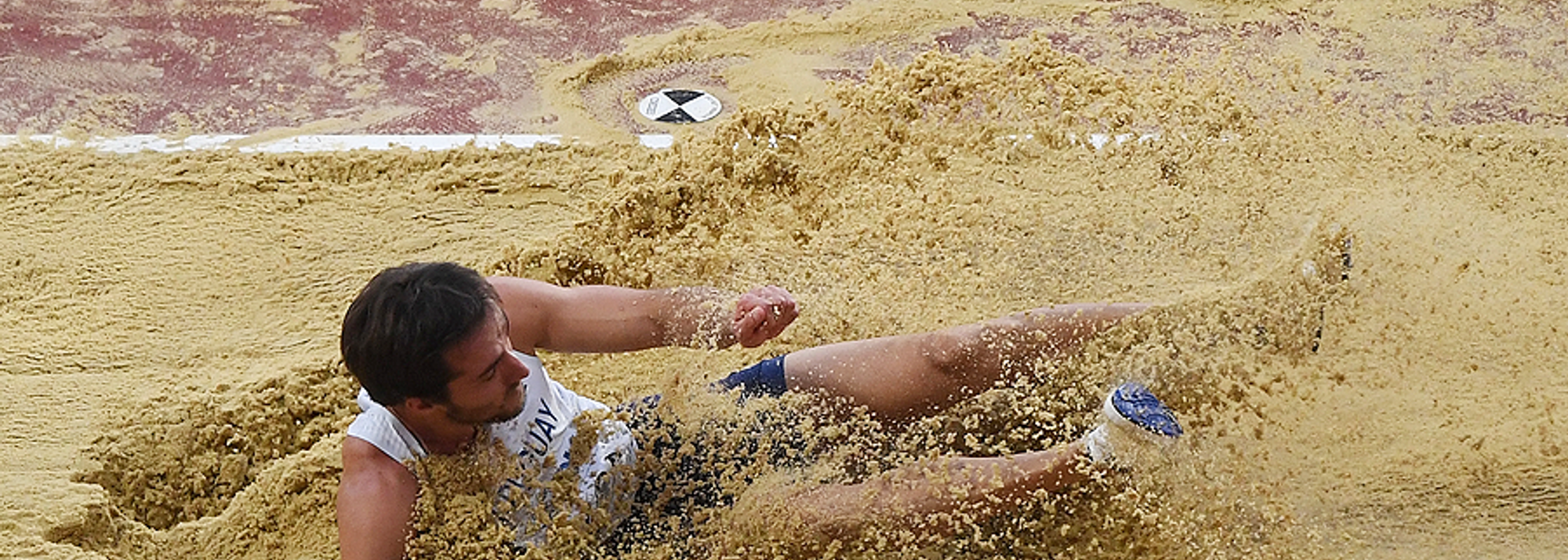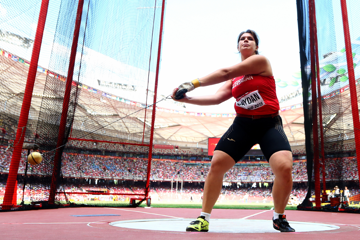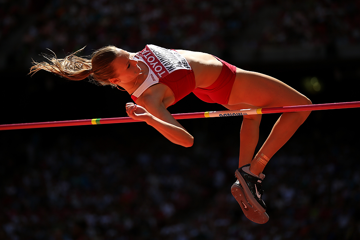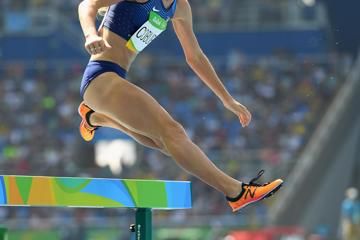Emiliano Lasa in the long jump at the IAAF World Championships London 2017 (© Getty Images)
Uruguayan long jump record-holder Emiliano Lasa is a rising force on the international stage. The Olympic sixth-place finisher looks back to a competition when he beat a world indoor champion and finished second behind an Olympic gold medallist as a major breakthrough moment in his career.
“Competing at the 2014 South American Games in Santiago, Chile, was a major moment for me. I was up against Irving Saladino, the 2007 world and 2008 Olympic champion, and Mauro da Silva of Brazil, who just one week earlier had won the world indoor title in Sopot.
“I was very excited to compete against them. Saladino, in particular, was a big inspiration for me. In the few months before the South American Games, he had returned to Panama to move back to Brazil to be coached by my coach, Nelio Moura.
“Watching Saladino was a big learning experience. He made training look so easy and I really bought into the idea that training should be more quality over quantity. If I trained the same way as him, I knew I could achieve great things in the future too.
“I remember during the early rounds in Santiago, I struggled to find my best form. For the first four rounds, the best I jumped was 7.43m and I was some way behind Saladino, who had leapt 8.16m, and Da Silva (7.88m).
“I knew after four rounds I needed to quickly wake up and find a new motivation otherwise the competition would be over. Thankfully, I found something in round five. Cheered on by the Uruguayan supporters, I broke the sand at 7.80m (Lasa’s PB was at 7.90m at that point) then in the final round I just went for it and jumped a national record of 7.94m to move up to the silver medal placing.
“After the competition, both Irving and Mauro recognised how well I competed that day and congratulated me.
“For me to win my first important medal and finish second behind Saladino and beat the reigning world indoor champion opened up a lot of doors for me. It was a big emotion to perform well and beat a world champion.
“Leading into that competition, I wanted to improve my PB and win a medal, but to do so after I was under pressure after four rounds and against such a good field was very satisfying. It was also nice to achieve this performance at a multi-sports event such as the South American Games; the achievement led to greater recognition in Uruguay and a greater level of financial support from the athletics federation and the government.”
Steve Landells for the IAAF








